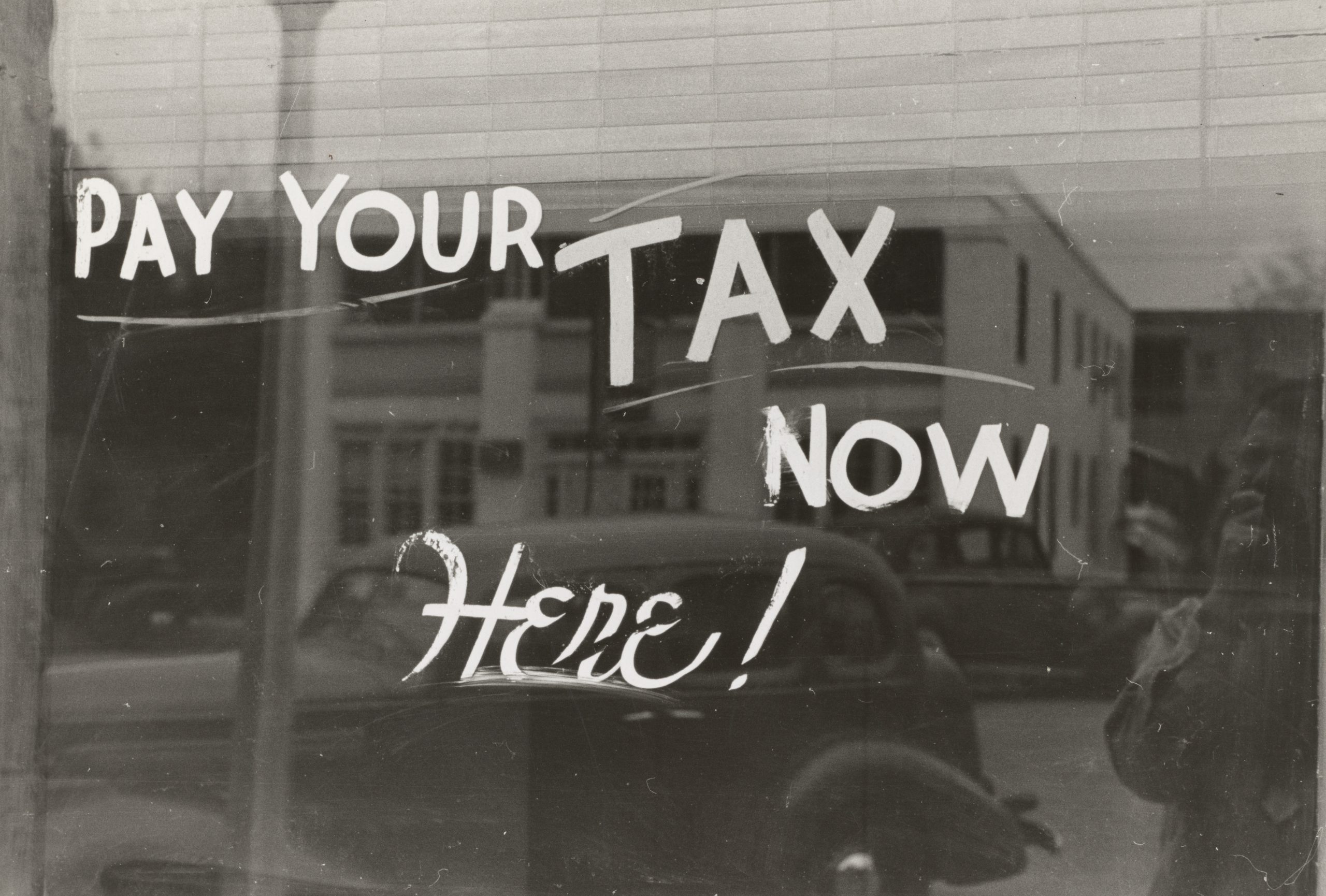How Will The Form W-4 Update Affect Employers?
Earlier this year, IRS released an update on Form W-4 and while this will come into effect only next year, there is already a lot of talk surrounding it. In its wake came the draft instructions for 2020 income tax withholding, which included on the employer withholding worksheet, the wage-bracket method withholding tables as well as the percentage-method withholding tables. The main intention of the worksheet is to allow the employers to calculate the withholdings for the year 2020, either using the existing form W-4 or the new one.
While the form will affect both employees and employers, by the initial looks, it might be easier for the employees to handle the changes as compared to the employers. As a matter of fact, employers will have a lot more work at hand with this new form; however, experts are of the opinion that things will eventually settle down and this new form will provide a greater amount of accuracy and simplicity. Although initially there will be a little extra effort on the part of the employers, in the long run, the changes in the form are meant to reduce the burden on the payroll processors and employers significantly.
Here is how form W-4 will affect employers:
- Henceforth, all the complicated calculations will fall on the employer, which was once the responsibility of the employees. With the new form, the employees will have to only enter the expected deductions of the entire year, and all the remaining calculations will have to be done by the employers.
- Because employees who joined the organisation before 2019 will not be expected to fill the new form, employers will need to make sure that all their records are in tandem. Initially this will add on to the work of the employers, because they will have to tally all the information as per the original records and whatever is needed for the new form, and this could lead to certain confusions too. However, once all the gaps have been filled, things should get a lot more streamlined.
- With the new form coming into action soon, employers will need to accommodate not only the two existing withholding systems, but also three new sets of calculations, namely the old system which was based on withholding allowances, the new 2020 system that will have a checkbox for optional higher withholding and the 2020 system that will allow the employees to input new data, which could vary from a new dependent to other sources of income.
The new form will come into existence on January 1st, 2020 and IRS has made it very clear that it will not be providing any grace period to any employer. This is one of the reasons why the draft was released in the middle of the year, allowing ample time for employers to make the necessary arrangements. More importantly, the IRS has stated that the final version of the form will be pretty much the same as the current draft, with possibly a few minor changes.
For many employers, making this transition will mean seeking the assistance of either software providers who can help with the calculations or third party payroll processors, because their current systems will need a pretty big uphaul. The only question that still remains slightly ambiguous is how long employers will be required to support the old as well as new systems simultaneously. Experts are of the opinion that it could take several years before the new form becomes the norm and the old withholding systems are completely replaced.
Read: What are your legal requirements as an employer?
References
https://news.bloombergtax.com/payroll/no-grace-period-for-2020-withholding-changes-irs-says https://www.bradenton.com/news/business/biz-columns-blogs/article235458957.html




